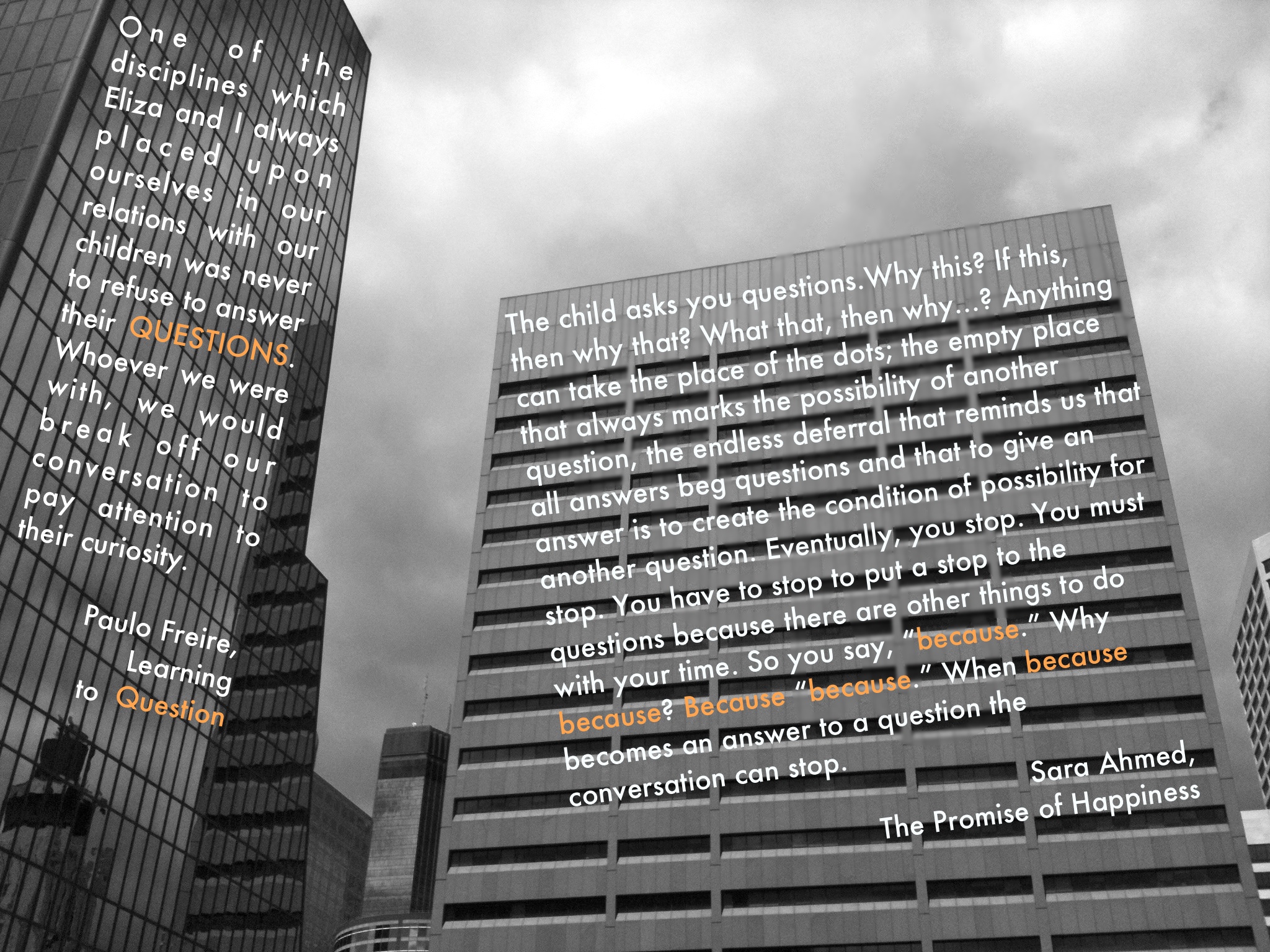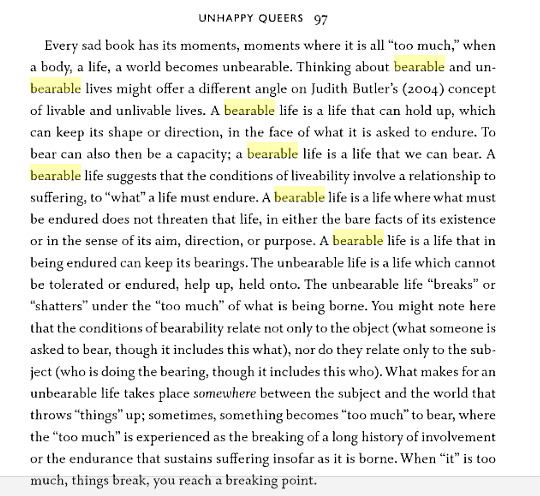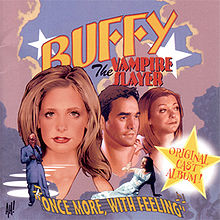I started working on this entry yesterday morning. At that point, I planned to title it, “Pushing my limits or just my buttons?”. As I tried to write, I struggled with whether or not to keep reading David Brooks’ book The Road to Character and how to respond to his claims. I wanted to take his ideas seriously because he’s talking about character and virtue (my areas of interest) and he has a lot of power over how these topics, and morality in general, are being discussed by many people in this country. I first became aware of his book when several of my Facebook friends shared a link to his NY Times op-ed column, “The Moral Bucket List.” But, I kept encountering cringe-worthy sentences and arrogant claims about what “WE” need or how “YOU” (as in, the reader) feel. And I couldn’t get past the contradiction between his call for humility (and the recognition of our limits) and his tone of all-knowingness about what’s wrong with our “moral ecology” and what we can do to fix it.
Even as I was bothered by the book, I kept reading. I wanted to engage with his ideas and to think through how they might enable me to be critical and reflective about my views on character and morality.
Yesterday, I skimmed the entire book, reading through the chapters on his different role models, and then taking a closer look at one of his concluding chapters on “The Big Me.” And I had a realization. This book is not worth my critical and creative energy. When Brooks invokes “WE” and “YOU,” he’s not talking to, about or with me or a lot of folks. As I suggested in my first post on his book, his role models are not the ones that I’m looking for…or need. His “moral road map” isn’t instructive or helpful. In fact, some of the values he promotes and the logic that underlies them, is toxic to folks who are struggling to be counted as selves worthy of respect and dignity.
So, I have concluded that his book is not pushing me to the limits of what I know and believe, provoking me into thinking critically. His book is pushing my buttons, discouraging any critical or creative thinking I might have about how to work on moral selfhood and cultivate a soul. This button pushing is a distraction from important conversations about how to develop—OR, how to recognize already existing—moral languages and landscapes that respond to current moral/political crises.
Other, more important, conversations
I think I finally gave up on Brooks when he linked “women, minorities and the poor” (which is, in itself, a problematic lumping of categories that ignores intersections between gender, race, class and more) to the cultural shift from the humble, “little me” to the bragging, self-promoting, “Big Me.” This shift, he claims, resulted in the loss of the important language and ecology of “moral realism” and the valuing of and adherence to Norms and institutional values.
The shift in the 1950s and 1960s to a culture that put more emphasis on pride and self-esteem had many positive effects; it helped correct some deep social injustices. Up until those years, many social groups, notably women, minorities, and the poor, had received messages of inferiority and humiliation. They were taught to think lowly of themselves. The culture of self-esteem encouraged members of these oppressed groups to believe in themselves, to raise their sights and aspirations (247).
Huh? I don’t know what to make of this statement…and maybe I don’t want to think about it too hard because it might melt my brain (or get me really cranked up), trying to understand Brooks’ problematic or sloppy logic in using social justice movements as examples for the loss of moral language. If Brooks isn’t condemning social justice movements of the 50s and 60s, then why use them, without further explanation, to illustrate our turn to the Self?
I don’t completely disagree with Brooks’ arguments for the value of character or the need for moral language (and maybe that’s why I spent so much time thinking about his claims), but I do believe that he gets social justice movements like feminism and their focus on dignity and claiming the value of oneself, wrong here. At its best, feminist movement is not merely about building up self-esteem or making individuals feel good about themselves. It is about ensuring that all folks (not just women as autonomous individuals) are recognized as inherently valuable and worthy of dignity, respect, attention, material resources, protection and care. The social justice focus on the self is not about self-actualization; it is about self-preservation. It concerns more than the fate of an individual soul, or whether or not one cultivates good “eulogy virtues.” It concerns the fate of communities, whole groups of people, who are systematically devalued, ignored, destroyed.
I’ve spent a good chunk of my day thinking through this post and now I’ve run out of time. 5 minutes until I leave to pick up my daughter from school. I guess I don’t have much to show for it. Yet, I’ve finally arrived at the conversation that I want to have about character, morality and the self. It’s about self-care. When I have more time, I don’t plan to talk, instead I want to listen to and think deeply about the insightful words of Audre Lorde and Sara Ahmed in Ahmed’s post, “Self-care as Warfare.”
Here’s her conclusion:
Self-care: that can be an act of political warfare. In directing our care towards ourselves we are redirecting care away from its proper objects, we are not caring for those we are supposed to care for; we are not caring for the bodies deemed worth caring about. And that is why in queer, feminist and anti-racist work self-care is about the creation of community, fragile communities, assembled out of the experiences of being shattered. We reassemble ourselves through the ordinary, everyday and often painstaking work of looking after ourselves; looking after each other. This is why when we have to insist, I matter, we matter, we are transforming what matters. Women’s lives matter; black lives matter; queer lives matter; disabled lives matter; trans lives matter; the poor; the elderly; the incarcerated, matter.
For those who have to insist they matter to matter:
selfcare is warfare.








